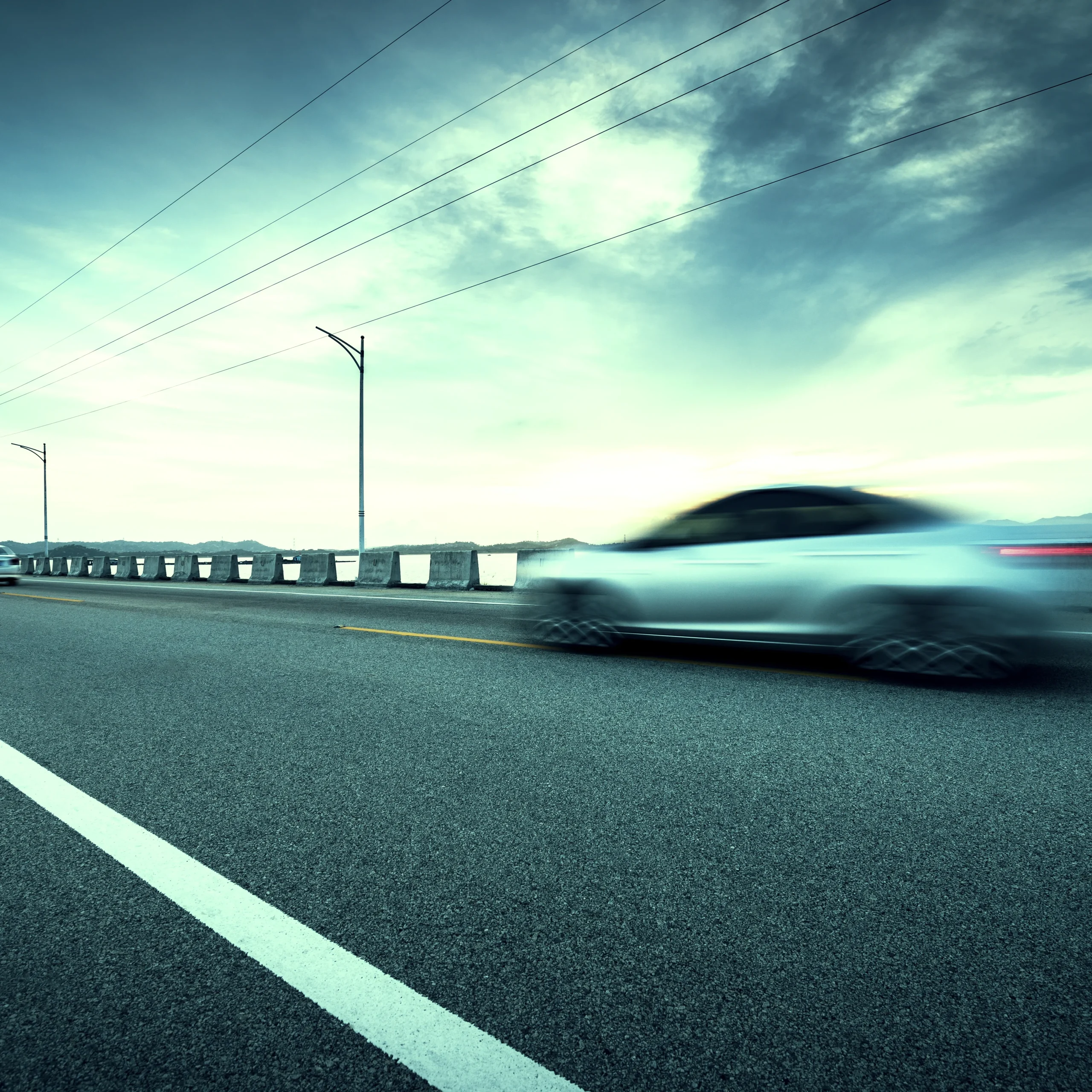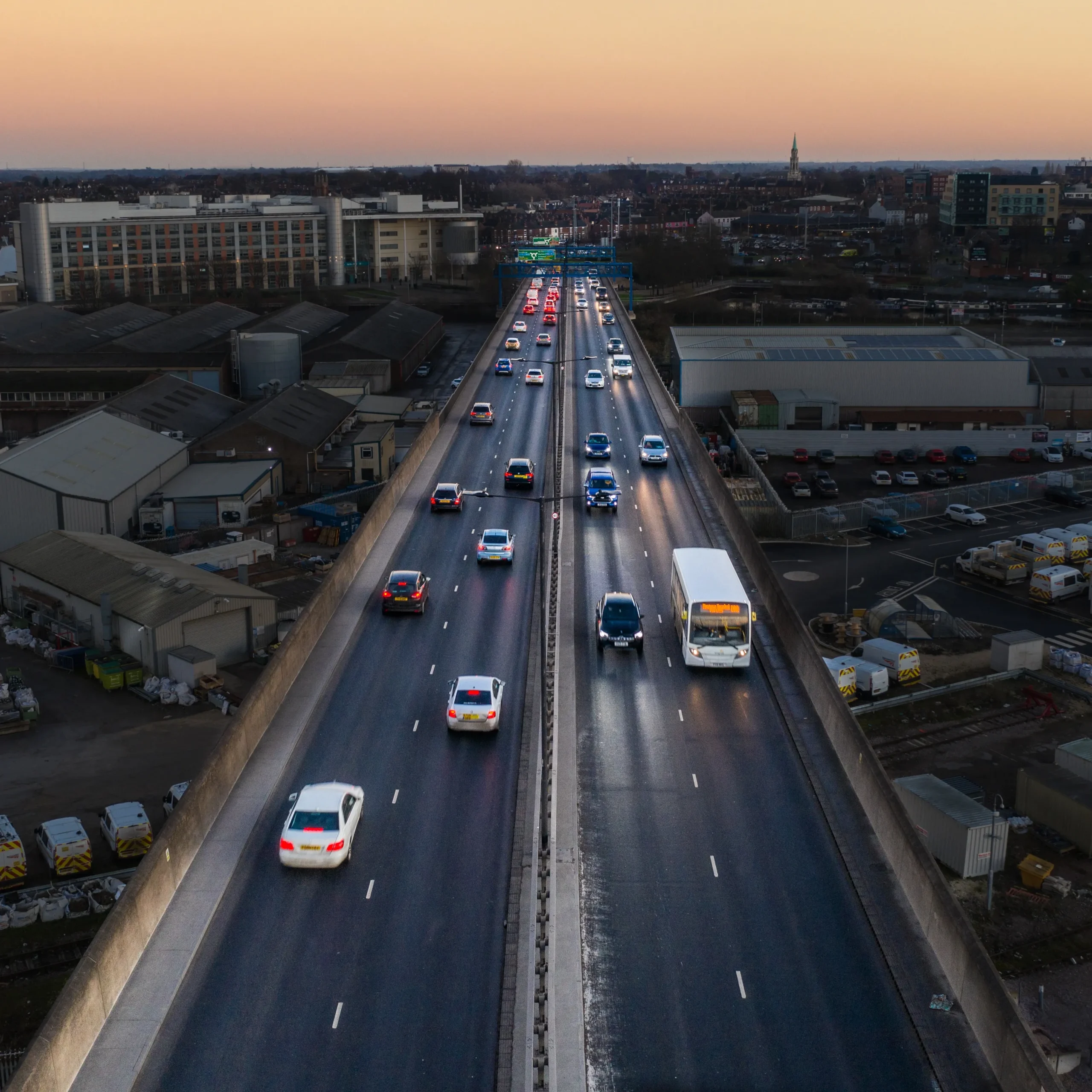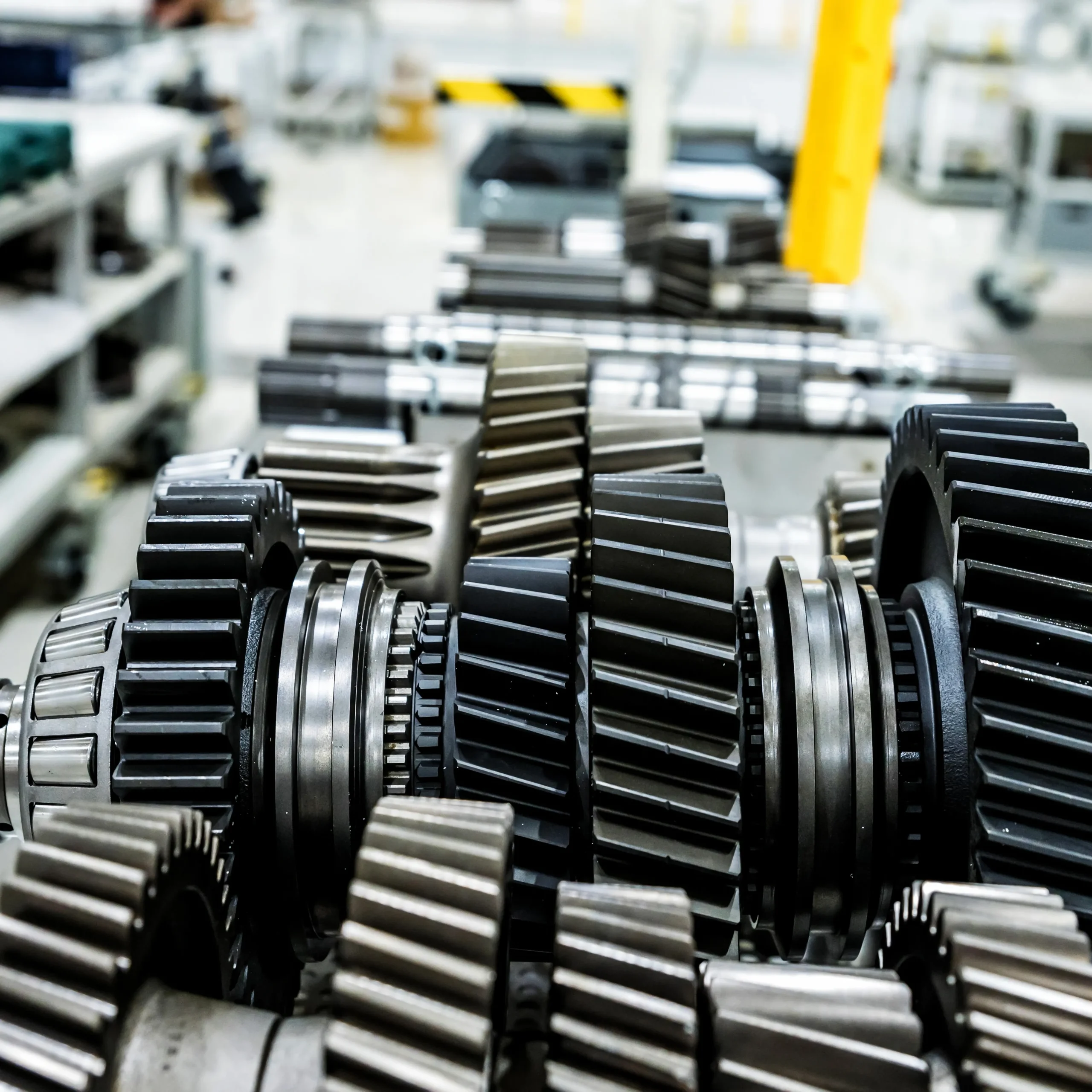Municipal and highway authorities worldwide are under pressure to deliver accurate, real-time data about ever-increasing vehicle volumes. Yet many traffic imaging installations still rely on decade-old analog or low-megapixel digital cameras connected through outdated interfaces. As cities plan for Intelligent Transportation Systems (ITS), congestion pricing, and autonomous-vehicle test corridors, a high-resolution upgrade is no longer optional—it is mission-critical.
This guide explains how to execute a cost-effective CoaXPress system retrofit that replaces legacy video encoders with modern traffic-monitoring frame grabbers from KAYA Vision. By leveraging Komodo III and Predator II boards, agencies can capture crystal-clear license-plate images at 250 fps, extract multilane speed profiles, and future-proof their infrastructure for emerging AI analytics, all while re-using existing gantries, enclosures, and fiber backbones.
The retrofit imperative
Older traffic cameras typically stream MJPEG or H.264 over copper Ethernet at resolutions below 1080p. Compression artifacts, limited dynamic range, and high motion blur make them unreliable for ticket issuance and safety analytics. When lighting changes abruptly—think dusk, headlights, or lightning—the images become unusable. Moreover, IP network congestion can delay feeds by several seconds, defeating real-time response systems such as adaptive signal control.
CoaXPress 2.1, on the other hand, delivers up to 12.5 Gbit/s per cable with deterministic latency under 3 µs. By pairing new CXP cameras with KAYA traffic-monitoring frame grabbers that plug directly into the roadside PC or embedded NVIDIA Orin™, agencies gain a zero-compression, zero-delay data path. The upgrade also brings the power of on-board FPGA preprocessing—debayering, color conversion, and CRC error detection happen inside the frame grabber, freeing CPU/GPU resources for AI inference.
Why choose KAYA Vision boards?
-
- Performance headroom. The Komodo III Quad CoaXPress 12G Frame Grabber delivers an aggregate 50 Gbit/s camera data rate via four Micro-BNC connectors. Even if today’s application needs only one 16-MP camera at 100 fps, the extra lanes enable quick scaling to multi-camera, multi-lane deployments.
- Single-lane efficiency. For retrofit sites with space, power, or budget constraints, the Predator II Single CoaXPress 12G Frame Grabber provides 12.5 Gbit/s down-link speed on a low-profile PCIe x4 card. Integrators can slide it into fanless edge PCs mounted inside roadside cabinets.
- Traffic-grade I/O. Both boards expose twenty GPIO lines—including opto-isolated inputs and outputs rated for up to 30 V—that interface directly with inductive loops, radar triggers, and strobe lighting without extra PLC hardware.
- Environmental resilience. Operating from 0 °C to +50 °C with passive cooling, the grabbers handle day-night thermal swings inside pole-top enclosures.
- Developer-friendly. GenCam 3.2 compliance, ANSI C/Python/.NET APIs, and sample code shorten the software migration path from legacy DirectShow or proprietary SDKs.
Understanding the CoaXPress system retrofit
A successful high-resolution upgrade balances four pillars: bandwidth, synchronization, power delivery, and analytics pipeline. The following sections break down each area through the lens of KAYA hardware.
Bandwidth planning
Start by calculating per-lane data loads. A 5-MP monochrome camera capturing 12-bit pixels at 300 fps produces:
- 5 000 000 px × 12 bits = 60 Mbit per frame
- 60 Mbit × 300 fps = 18 Gbit/s raw stream
- Protocol overhead ≈10 % → 19.8 Gbit/s
The Komodo III can handle this on two CXP-12 links, leaving two spare connectors. If you later add a color line-scan camera for weigh-in-motion (WIM) imaging, the board still has bandwidth headroom. By contrast, the Predator II Single CXP-12 suits single-camera portals up to about 12.5 Gbit/s.
Synchronization for speed measurement
Accurate vehicle-speed enforcement demands sub-microsecond alignment between image exposure, loop-sensor pulses, and lidar events. KAYA Vision boards embed four quadrature encoders, four hardware timers, and 64-bit timestamps with 8 ns resolution. You can route the loop pulse into a differential LVDS input, program a timer-based delay, and issue a camera trigger via TTL output—all inside the FPGA. This hardware-level handshake eliminates indeterminate operating-system latencies that plague USB or GigE Vision setups.
Power options: PoCXP vs external 24 V
Many retrofit sites already supply 24 VDC for LED flash units. If you adopt a PoCXP-capable camera alongside the Predator II Single card, you can power the imager directly through the coax, simplifying cabling. The Komodo III Quad CoaXPress 12G board also supports PoCXP—delivering up to 13 W per connector via its Micro-BNC ports—though operators may disable it when cameras require higher wattage or when runs exceed copper-cable length limits. For longer reaches, KAYA offers the Komodo III CoaXPress-over-Fiber variant, which swaps the Micro-BNCs for four SFP+ transceivers, reaches roughly 300 m, and naturally omits power over the link.
Step-by-step high-resolution upgrade strategy
- Audit existing infrastructure. Record pole heights, conduit fill, enclosure dimensions, and spare breaker capacity. Identify PCs with free PCIe x4 or x8 slots for frame-grabber installation.
- Select cameras. Choose global-shutter CMOS models offering CXP-12 output, 10-µm pixel pitch, and native HDR mode for night scenes.
- Pick a KAYA frame grabber. Single-lane routes and urban arterials can adopt Predator II; multilane freeways benefit from Komodo III. If the site already has fiber to the pole, consider the Komodo III CoF version.
- Install optical or coax cabling. Use OM3 multimode fiber for CoaXPress-over-Fiber links or RG-11 coax for ≤40 m copper runs. Maintain minimum bend radii to preserve signal integrity.
- Integrate triggers. Wire loop/IR-beam outputs to opto-isolated inputs. Configure glitch filters (50 ns to 34 ms) to suppress noise.
- Port software. Replace legacy DirectX capture calls with GenTL consumer code. KAYA’s examples show how to enqueue circular buffers and fetch DMA addresses for GPU inference using CUDA Unified Memory.
- Validate performance. Use the on-board statistics counters to monitor dropped packets, CRC errors, and frame-rate stability during peak traffic hours.
- Enable AI analytics. Stream zero-compression frames to a YOLOv8 detector running on the same PC or an edge TensorRT module, enabling instant detection of wrong-way drivers or stopped vehicles.
Software migration tips
Many traffic integrators rely on OpenCV and HALCON™ toolchains. KAYA provides native plug-ins, so existing C++ pipelines rarely need more than a header swap. For Python users, the pykaya wrapper exposes a NumPy-compatible buffer pointer; you can feed it directly into cv2.cuda_GpuMat for GPU-accelerated preprocessing.
If your enforcement backend consumes RTSP streams, integrate KAYA’s lightweight encoder sample to create H.265 sub-streams while archiving raw CXP frames locally for legal evidence. The sample leverages NVENC on NVIDIA GPU platforms, demonstrating sustained 4 × 4K@60 fps encoding with less than 15 % GPU load.
Future-proofing for autonomous corridors
Autonomous trucks rely on V2I beacons that require centimeter-level localization. By adding a pair of 8-MP global-shutter stereo cameras to each gantry and connecting them to the spare lanes on a Komodo III board, the operator can triangulate vehicle positions at 200 fps. The same frame grabber synchronizes all cameras via an in-hardware broadcast trigger, making the entire system ready for Level-4 autonomy experiments without changing the core infrastructure.
Cost considerations
A common misconception is that a CoaXPress system retrofit equals rip-and-replace. In reality, cabling and cameras represent more than 60 % of the budget, while frame grabbers typically account for around 15 %. Choosing KAYA Vision boards extends usable life to a decade thanks to PCIe 3.0 compatibility and Linux kernel driver source code that recompiles automatically during kernel updates.
Checklist for project approval
- Define target metrics: megapixels, frames per second, and latency.
- Verify slot availability and thermal budget in existing PCs.
- Plan fiber/coax routing, accounting for splice points and lightning arrestors.
- Select Komodo III Quad (copper or fiber) or Predator II Single based on lane count and distance.
- Document trigger wiring and GPIO mapping.
- Allocate time for software API port and AI model retraining.
- Schedule nighttime validation runs with police oversight for enforcement systems.
Next steps
Armed with the information above, transportation authorities can begin issuing RFPs that specify “traffic-monitoring frame grabbers capable of CoaXPress 12G and on-board image preprocessing,” ensuring vendors meet future needs. Integrators should contact KAYA Vision for sample code, reference designs, and evaluation hardware to accelerate pilot deployments.




